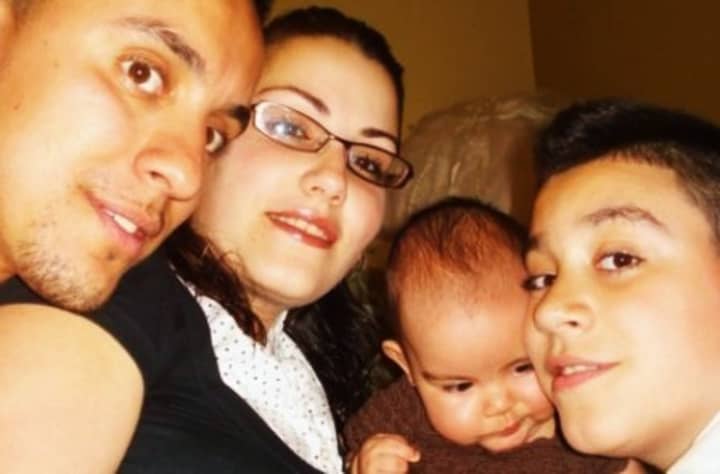And despite what bigots might assume, most of these 16-to-25-year-old Latinos aren’t immigrants, even though they identify strongly with their parents’ homelands.
What’s most encouraging is that “millenials” — despite overwhelming odds — are more proficient in English and less likely to drop out of high school, live in poverty or become a teen parent than their predecessors.
However, they also are more likely than other American youths to drop out of school because they’ve become teen parents; more likely than white or Asian youths to live in poverty; and have a higher level of exposure to gangs than anyone, the Pew Hispanic Center reports.
Of all the statistics in the report, two sets of numbers stand out:
* 86% of Latinos ages 16-25 are in school or in the work force, up from 77% in 1970;
* 85% of 18- to 24-year-olds have completed high school, an all-time high for this measure of educational attainment
The Center deliberately explored that age group because it is a phase of life when young people “make choices that, for better and worse, set their path to adulthood.”
“If you want to understand what America will be like in the 21st century, you need to have an understanding of how today’s young Latinos, most of whom are not immigrants, are growing up,” said Paul Taylor, executive director of the Pew Hispanic Center.
Native-born Latino youths are about twice as likely as the foreign born to have ties to a gang or to have gotten into a fight or carried a weapon in the past year. They are also more likely to be in prison, the Center reports.
More than half of Latinos ages 16 to 25 identify themselves first by their family’s country of origin, be it Mexico, Cuba, the Dominican Republican, El Salvador or any of more than a dozen other Spanish-speaking countries.
An additional 20% generally use the terms “Hispanic” or “Latino” first when describing themselves. Only about one-in-four (24%) generally use the term “American” first.
Yet the majority of them have been born here, sometimes to parents who came from elsewhere but, more often, to the offspring of immigrant grandparents.
They are a rising minority: 22% of all children under 18 years old in the U.S. are Hispanic, up from 9% in 1980. That includes 1 of every five school-age children and 1 of every 4 newborns.
For the full report, visit the Pew Hispanic Center
Click here to follow Daily Voice Rutherford and receive free news updates.


